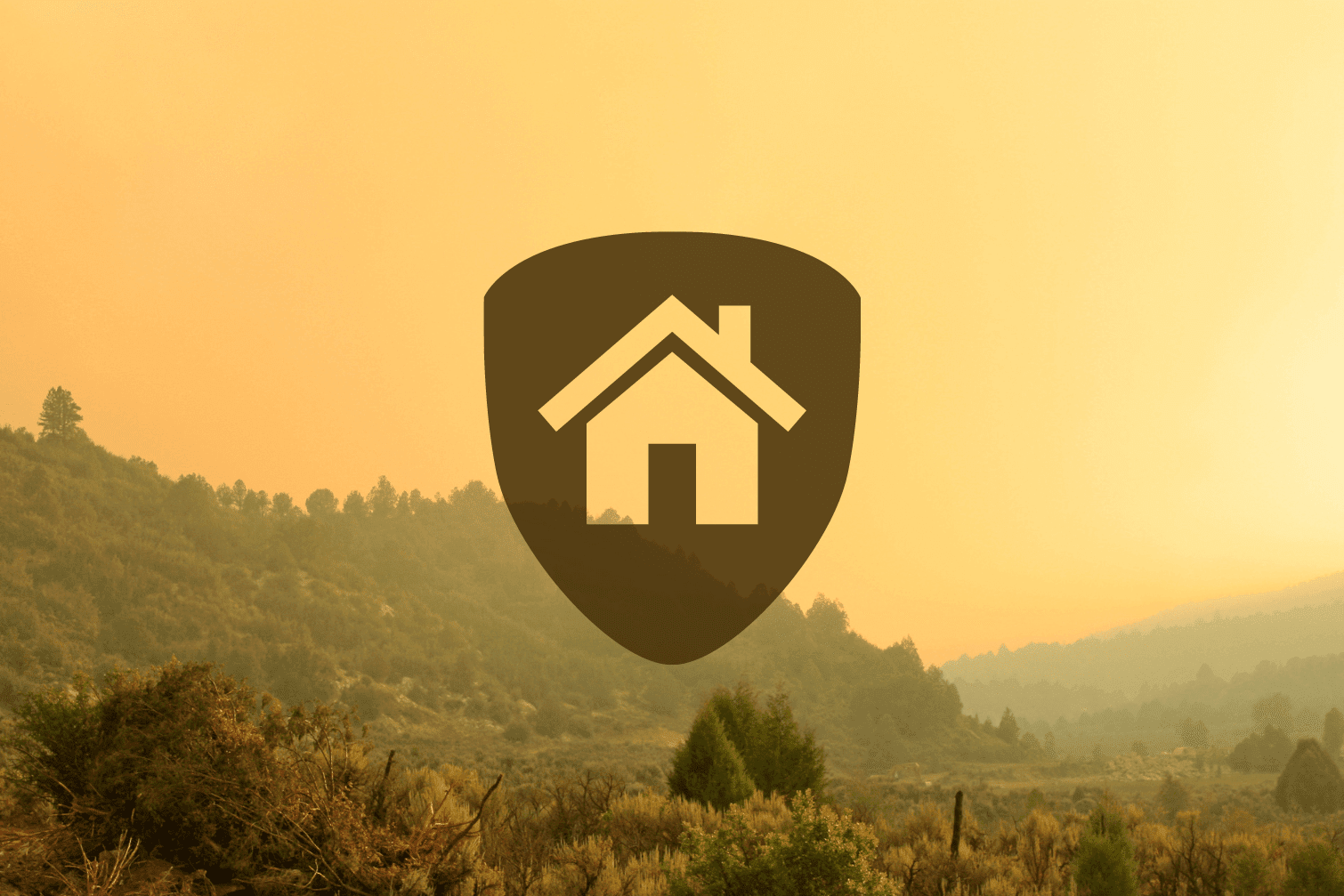In recent years, the frequency and intensity of wildfires have dramatically increased, causing widespread devastation and significantly impacting air quality outdoors and indoors.
For homeowners, property managers, and business owners, particularly those in wildfire-prone areas, this presents a pressing concern. The infiltration of wildfire smoke into indoor spaces can pose serious health risks to occupants and disrupt everyday life.
Now, more than ever, understanding the impact of wildfires on indoor air quality (IAQ) and implementing measures to safeguard it has become a crucial aspect of property management.
This is not just about ensuring comfort and health in the present moment, but it’s also about future-proofing properties against recurring wildfire seasons.
In this comprehensive guide, we look into the effects of wildfire smoke on IAQ, provide actionable tips to protect your indoor environment during a wildfire event, and discuss the importance of being prepared for future occurrences.
This is essential reading for anyone looking to maintain healthy indoor air quality during wildfire season, thereby protecting the health of occupants and the integrity of their properties.
The Threat of Wildfire Smoke
Wildfire smoke is a complex mixture of gases and fine particles produced when wood and other organic materials burn.
The biggest health threat from smoke comes from fine particles.
These microscopic particles can penetrate deep into your eyes and respiratory system, causing health problems such as burning eyes, runny nose, and illnesses such as bronchitis. They can also aggravate chronic heart and lung diseases and even lead to premature deaths in people with these conditions.
How Wildfire Smoke Affects Indoor Air Quality
Outdoor air, including fine particles from wildfire smoke, can infiltrate your home in several ways:
- Through open windows and doors, known as natural ventilation.
- Through mechanical ventilation devices such as bathroom or kitchen fans that vent to the outdoors or heating, ventilation, and air conditioning (HVAC) systems with a fresh air intake.
- Through small openings, joints, cracks, and around closed windows and doors through a process called infiltration.
The impact of wildfire smoke on your indoor air quality can vary depending on the proximity of the fire and the density of the smoke.
Preparing for a Wildfire Smoke Event
If you live in an area where the wildfire risk is high, it’s crucial to prepare for the fire season. This preparation is especially important for the health of children, older adults, and people with heart or lung disease. Here are some steps you can take:
- Consider purchasing a portable air cleaner or high-efficiency HVAC filter to improve indoor air quality during a wildfire smoke event.
- Get familiar with your HVAC system or air conditioner system, if you have one, so you can adjust it to keep smoke out.
- Consider keeping a supply of N95 respirator masks on hand.
During a Wildfire Smoke Event
When wildfires create smoky conditions, there are things you can do, indoors and out, to reduce your family’s exposure to smoke. Here are some actions you can take:
- Keep windows and doors closed.
- Use fans and air conditioning to stay cool.
- Reduce the smoke that enters your home.
- Use a portable air cleaner or high-efficiency filter to remove fine particles from the air.
- Avoid activities that create more fine particles indoors.
- Create a clean room.
- Have a supply of N95 respirators and learn how to use them.
After a Wildfire Smoke Event
After the smoke clears, you may need to clean up ash or other debris left behind by the fire. Here are some steps you can take:
- Wear gloves, long-sleeved shirts, long pants, shoes, and socks to avoid skin contact with ash.
- Wear an N95 respirator to protect your lungs from breathing in ash.
- Avoid stirring up or sifting through ash as much as you can.
- Before sweeping indoor and outdoor hard surfaces, mist them with water to keep the dust down.
Protect Your Indoor Air Quality During Wildfire Season
The threat of wildfires and the subsequent impact on indoor air quality is a reality that homeowners, property managers, and business owners must face, particularly those in wildfire-prone areas. By understanding the risks and taking proactive steps, you can protect the health of your indoor environment and those who inhabit it.
We hope this guide has provided you with valuable insights and practical steps to safeguard your indoor air quality during wildfire season.
Remember, preparation is key, and the actions you take today can make a significant difference in the face of a wildfire event.
If you have further questions or need professional assistance in improving your indoor air quality, don’t hesitate to contact us. Our team at IAQ Works is committed to helping you maintain a healthy and safe indoor environment, no matter the season.



